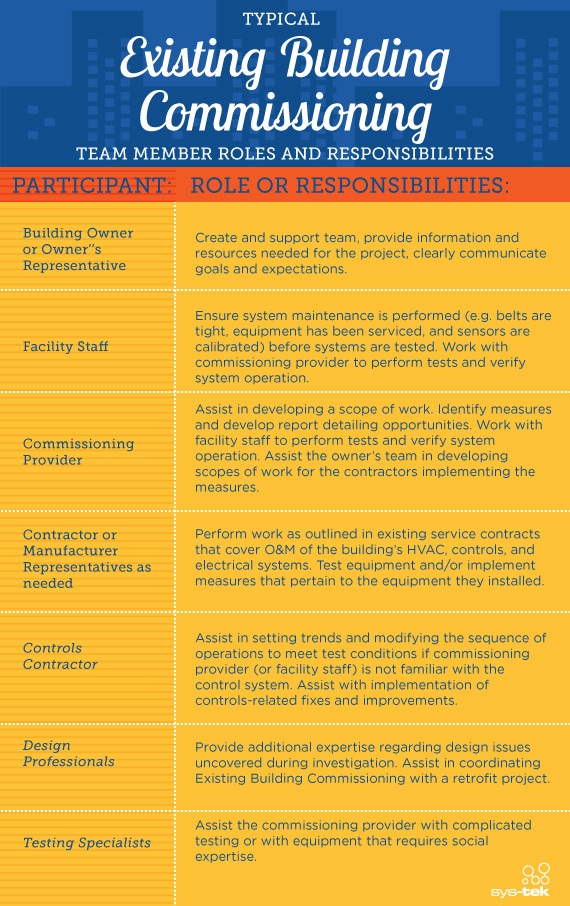Common Reductions In Energy Costs Through Retro-Commissioning
Jul 03, 2013
It’s well known that retro-commissioning is a useful energy-reducing procedure for many kinds of different buildings and facilities. It is often undertaken in properties such as hospitals, hotels, malls and other common indoor spaces. What makes retro-commissioning useful to building owners is more than just its ability to make a building use energy more efficiently — one of the most important features of retro-commissioning is also its ability to reduce costs dramatically over time.
It’s estimated that retro-commissioning is capable of saving businesses about 10 to 20 percent off of their energy usage costs each year. This could be especially dramatic considering how intensive some of the energy-using systems in a building can be. The need for all of a building’s controls and systems to work together efficiently is incredibly important, as it strongly influences whether or not it a facility can operate at its intended peak performance.
Retro-commissioning is able to determine how effective a facility is at operating with minimal energy waste. It often costs about thirty to fifty cents for every square foot of space in a property to get the retro-commissioning procedure underway. This often results in a significant reimbursement after several months, thanks to how well the process is at cutting out unnecessary operational costs.
The savings that are added to a facility from the retro-commissioning process come from a number of different sources, such as using less energy for heating or cooling, changing out inefficient lighting or installing insulated materials to keep the air in a property intact. The retro-commissioning process may also entail adjustments to existing pieces of equipment. This doesn’t have to involve different items being replaced altogether, but it might involve getting old devices repaired or tuned up to where they can actually function as they were meant to.
The total payback period after the process is done can take from months to several years, but it is worth it in the long term. It’s estimated that retro-commissioning will pay itself back in about an average of two years after the procedure is completed. This could result in several years of savings that can be very financially beneficial in the long run.
The benefits that come from retro-commissioning are important to business owners and operators because they save money and influence very heavily whether or not a facility can remain active and keep from using more energy than is necessary.







